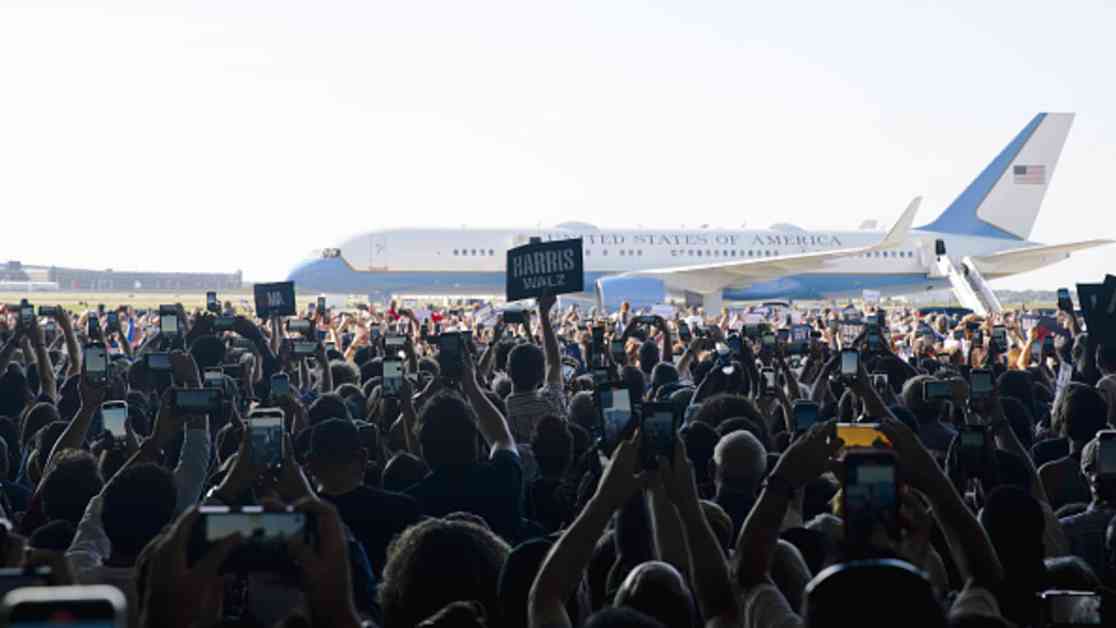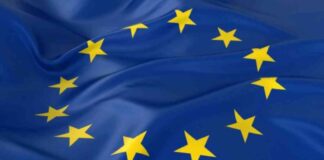Former President Donald Trump recently made false claims regarding Vice President Kamala Harris’ campaign rally crowd sizes, accusing her of using AI technology to manipulate images and create fake crowds. Trump’s comments were made on Truth Social, a platform he frequently uses to communicate with his supporters.
The image in question showed a large crowd gathered on the tarmac in Michigan, cheering for Harris as she disembarked from Air Force Two. Despite Trump’s allegations, the Harris campaign confirmed that the photo accurately depicted a 15,000-person crowd at the rally. Additionally, CNBC licensed a Getty Images photo that matched the images circulating online.
This incident highlights the challenges of distinguishing between reality and misinformation in the age of advanced AI tools. The spread of false conspiracies online can complicate the election process and mislead voters.
In addition to the crowd size controversy, Trump also accused Harris of copying his proposal to eliminate taxes on tips during her Las Vegas rally. He claimed that she lacked originality and called her a “COPYCAT” on Truth Social.
These social media attacks come at a time when the Republican presidential campaign is facing challenges following Harris’ entry into the race. Since President Joe Biden endorsed Harris and dropped out of the race, donations to Democrats have surged, and Harris’ rallies have been well-attended.
Harris has been actively campaigning in seven battleground states alongside her running mate, Minnesota Gov. Tim Walz. This aggressive campaign strategy stands in contrast to Trump’s lighter schedule, with only two rallies held in August and a focus on fundraising events.
As the election season progresses, the clash between Harris’ energetic campaign efforts and Trump’s social media controversies continues to shape the narrative of the presidential race. Voters will need to navigate through the noise of online misinformation to make informed decisions at the polls.

















